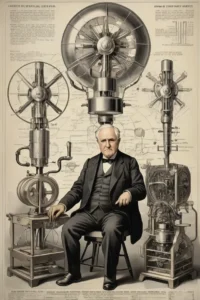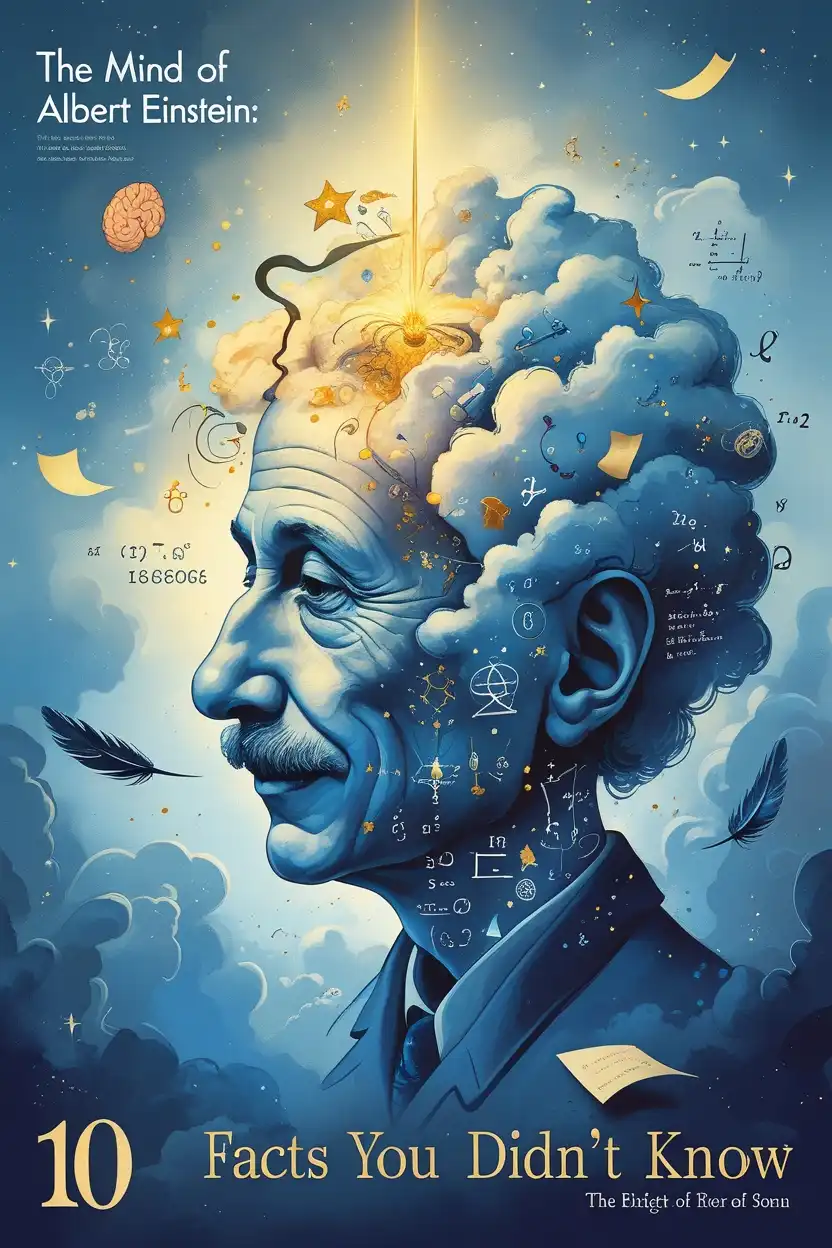The Dust Bowl remains one of the most devastating environmental and economic crises in American history. This catastrophic event, which unfolded during the 1930s, forced thousands of families to endure unimaginable hardships. From parched lands to relentless dust storms, the Dust Bowl tested the resilience of those who lived through it. In this article, we’ll explore the causes, the impact on American lives, and the lessons learned from surviving one of the harshest chapters in U.S. history.
What Was the Dust Bowl?
The Dust Bowl refers to a period of severe dust storms that plagued the southern Great Plains of the United States during the 1930s. This environmental disaster was caused by a combination of factors, including over-farming, drought, and poor land management practices. States like Oklahoma, Texas, Kansas, Colorado, and New Mexico were hit hardest, with massive dust storms turning once-fertile farmland into barren wastelands.
The term “Dust Bowl” not only describes the environmental catastrophe but also symbolizes the economic and social struggles faced by millions of Americans during this era.
Causes of the Dust Bowl
Understanding what led to the Dust Bowl is crucial to grasping its magnitude. Several factors contributed to this disaster:
1. Over-Farming and Soil Mismanagement
During the early 20th century, farmers flocked to the Great Plains to take advantage of fertile soil and high crop demand. However, they used unsustainable farming methods that stripped the land of its natural vegetation. Without deep-rooted plants to hold the soil in place, the land became vulnerable to erosion.
2. Drought Conditions
The 1930s brought an extended period of drought to the region, exacerbating the effects of poor farming practices. Without sufficient rainfall, crops failed, and the exposed soil turned to dust.
3. High Winds and Dust Storms
Strong winds swept across the plains, picking up loose soil and creating massive dust storms known as “black blizzards.” These storms could last for hours or even days, reducing visibility to near zero and covering homes, livestock, and people in layers of dust.
The Human Toll: Life During the Dust Bowl
For those who lived through it, the Dust Bowl was more than an environmental disaster—it was a daily struggle for survival.
Health Impacts
The constant exposure to dust caused widespread respiratory issues, including a condition known as “dust pneumonia.” Children and the elderly were particularly vulnerable to these health problems.

Economic Hardship
The Dust Bowl coincided with the Great Depression, compounding financial struggles for farmers and rural communities. With crops failing and livestock dying, families lost their livelihoods. Many were forced to abandon their farms and migrate in search of work.
Migration and Displacement
Thousands of families, often referred to as “Okies” (a term used for migrants from Oklahoma), packed up their belongings and headed west, particularly to California. However, they were often met with discrimination and limited job opportunities in their new locations.
Government Response and Recovery Efforts
The federal government eventually intervened to address the crisis. President Franklin D. Roosevelt’s New Deal included programs aimed at restoring the land and helping affected families.
Soil Conservation Programs
The government introduced soil conservation techniques such as crop rotation, contour plowing, and planting windbreaks to prevent further erosion.
Financial Assistance
Programs like the Resettlement Administration provided financial aid to struggling farmers and helped relocate displaced families to more sustainable areas.
Public Awareness Campaigns
Efforts were made to educate farmers about sustainable agricultural practices to prevent future disasters of this scale.
Lessons Learned from the Dust Bowl
The Dust Bowl serves as a stark reminder of the importance of responsible land management and environmental stewardship. It highlighted how human actions can exacerbate natural disasters and underscored the need for sustainable practices in agriculture and beyond.
Today, advancements in soil science, irrigation technology, and conservation policies have helped prevent similar disasters. However, as climate change poses new challenges, the lessons from the Dust Bowl remain more relevant than ever.
FAQs About the Dust Bowl
Q1: When did the Dust Bowl occur?
The Dust Bowl occurred primarily during the 1930s, with its peak between 1934 and 1937.
Q2: What areas were most affected by the Dust Bowl?
The southern Great Plains—particularly Oklahoma, Texas, Kansas, Colorado, and New Mexico—were hit hardest by the Dust Bowl.
Q3: What caused the Dust Bowl?
The Dust Bowl was caused by a combination of over-farming, drought conditions, and high winds that eroded topsoil and created massive dust storms.
Q4: How did people survive during the Dust Bowl?
Surviving the Dust Bowl required immense resilience. Families coped by sealing their homes against dust storms, conserving resources, and relying on government assistance when possible. Many were forced to migrate in search of better opportunities.
Q5: What was done to prevent future disasters like the Dust Bowl?
The government introduced soil conservation programs, financial aid for farmers, and public education campaigns on sustainable farming practices to prevent future environmental crises.
The Dust Bowl stands as a testament to human endurance in the face of adversity. While it was a time of immense suffering, it also spurred changes that improved agricultural practices and environmental awareness in America. By remembering this chapter in history, we can ensure that its lessons continue to guide us toward a more sustainable future.





